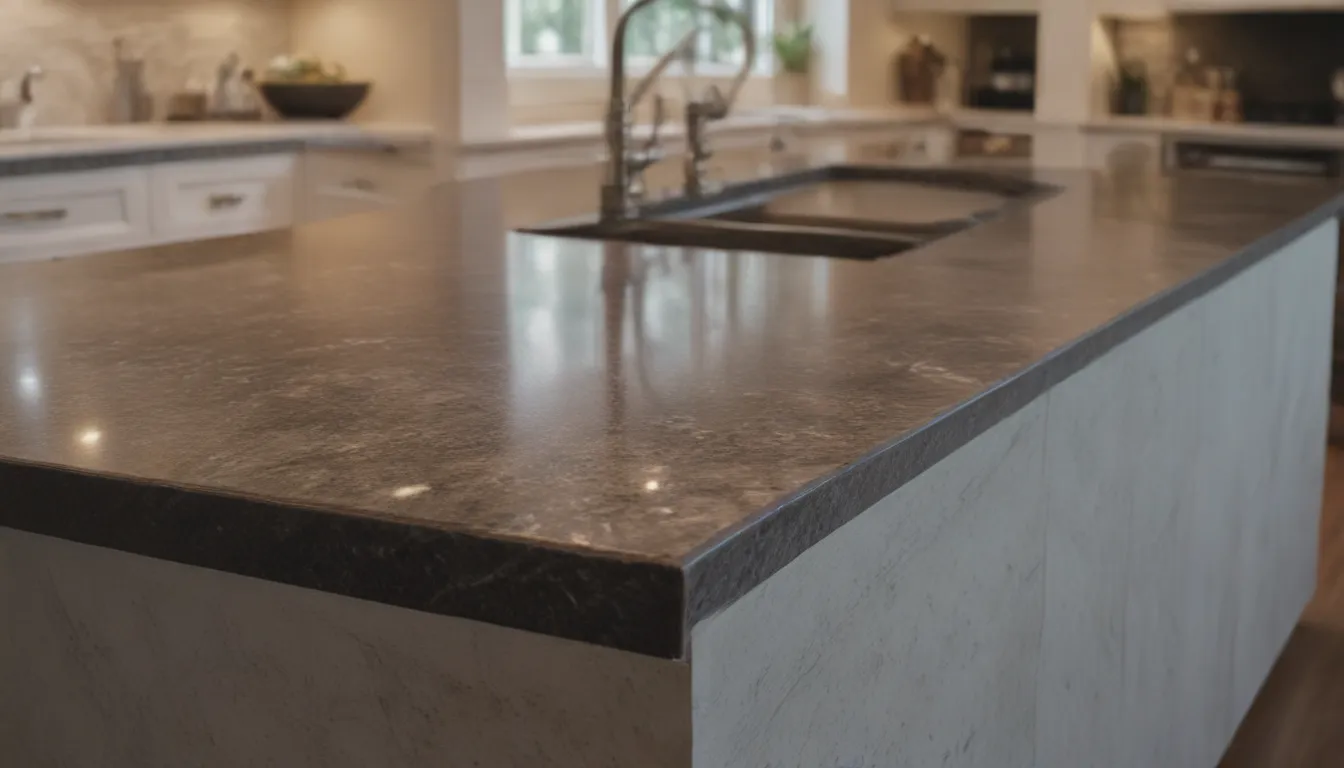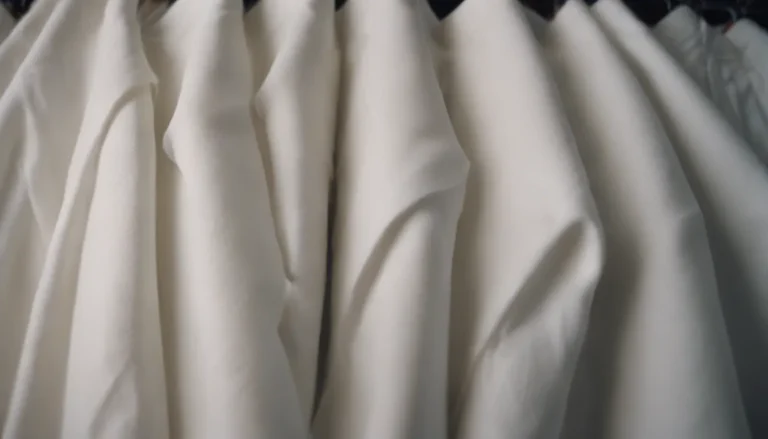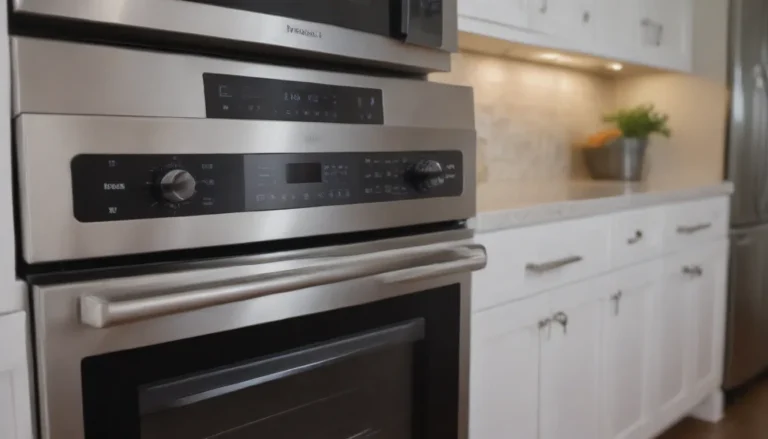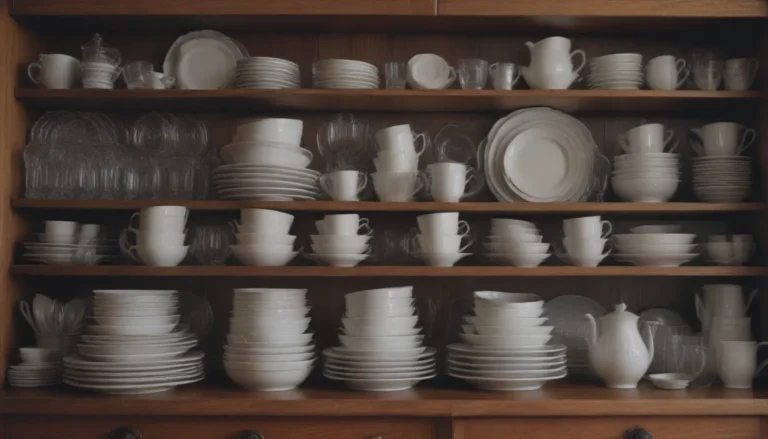Maintaining the Beauty of Your Granite Countertops: A Comprehensive Guide to Removing 7 Common Stains

Granite countertops are a beautiful addition to any kitchen, but they can be prone to stains if not properly cared for. From water rings to oil spills, keeping your granite looking its best requires regular maintenance and proper stain removal techniques. In this guide, we will walk you through how to remove 7 common stains from granite countertops, using simple household items and gentle cleaning methods.
Understanding Your Stains
Before you begin the stain removal process, it’s important to identify the type of stain you’re dealing with. Different stains require different cleaning methods, so it’s essential to know what you’re up against. Here are some common types of stains you may encounter on your granite countertops:
- Water Rings
- Oil and Grease
- Coffee and Tea
- Wine and Juice
- Rust and Copper
- Inks and Dyes
- Mustard and Food Stains
Before You Begin
Before diving into the stain removal process, there are a few things to keep in mind:
- Always test the cleaning method in an inconspicuous area first to ensure it doesn’t damage your countertop.
- Confirm that the stain is, in fact, a stain and not etching. Etching is a different issue that requires professional attention.
- Avoid using abrasive materials or acidic substances like vinegar, as these can damage the surface of your granite countertops.
How to Get Water Rings and Hard Water Out of Granite
Water rings and hard water stains can be unsightly on your granite countertops. Here’s how to remove them effectively:
- Start by gently cleaning the stain with a soft-bristled brush and a gentle granite cleaner or a mixture of dish soap and water.
- Create a paste with baking soda and water, then scrub the solution into the hard water stain.
- Leave the paste to sit for 24 to 48 hours before gently scraping away any mineral deposits.
How to Get Oil and Grease Out of Granite
Oil and grease stains are a common issue in kitchens. Here’s how to remove them from your granite countertops:
- Make a poultice using baking soda and water.
- Cover the stain with a thick layer of the poultice and let it sit for several hours.
- Remove the poultice and clean the area thoroughly.
How to Get Coffee and Tea Out of Granite
Coffee and tea stains can be tough to remove, but with the right method, you can restore your countertops to their original beauty:
- Create a paste of baking soda and hydrogen peroxide.
- Cover the stained area with the paste and let it sit for a few hours.
- Rinse the area with a damp sponge or cloth and repeat the process if necessary.
How to Get Wine and Juice Out of Granite
Stains from wine and juice can be stubborn, but with this method, you can effectively remove them from your granite countertops:
- Mix bleach with water and apply it to the stained area using a sponge.
- Clean the area with dish soap and water to remove any remaining residue.
How to Get Rust and Copper Out of Granite
Removing rust stains from granite can be challenging, but it’s not impossible. Here’s how you can tackle these stubborn stains:
- Spray the stained area with hydrogen peroxide and lightly scrub the solution into the surface.
- Finish by cleaning the area thoroughly to remove any remaining rust residue.
How to Get Inks and Other Dyes Out of Granite
Ink and dye stains can be tricky to remove, but with the right cleaning method, you can effectively eliminate them from your granite countertops:
- Soak a cotton swab in either 20% hydrogen peroxide for light countertops or acetone for dark countertops.
- Dab the stained surface with the soaked cotton swab and clean the area with water and dish soap.
How to Get Mustard and Other Food Stains Out of Granite
Food stains, such as mustard, can be stubborn to remove. Here’s how you can clean them from your granite countertops:
- Mix hydrogen peroxide with baking soda to create a paste.
- Cover the stain with the paste and let it sit for several hours before cleaning it off.
When to Call a Professional
While the methods outlined in this guide are effective for most common stains, there are instances where you may need to seek professional help. If you’ve tried the recommended cleaning methods and the stain persists, or if you suspect the issue is etching rather than a stain, it’s best to contact a professional for assistance. Remember, it’s always better to seek professional help than risk further damage to your beautiful granite countertops.
In conclusion, maintaining the beauty of your granite countertops requires regular care and attention. By following the tips and techniques outlined in this guide, you can keep your countertops looking pristine for years to come. Remember to always use gentle cleaning methods and avoid harsh chemicals that can damage the surface of your granite. With the right approach, you can enjoy your granite countertops for many years to come.





